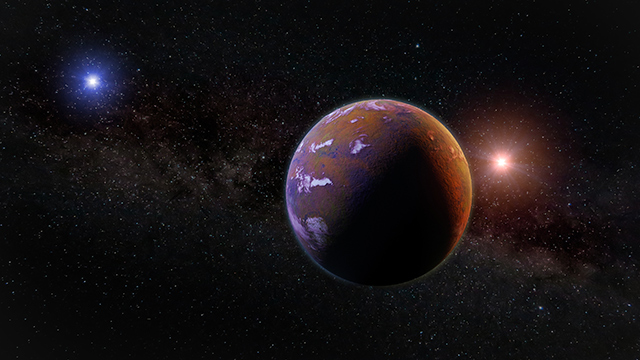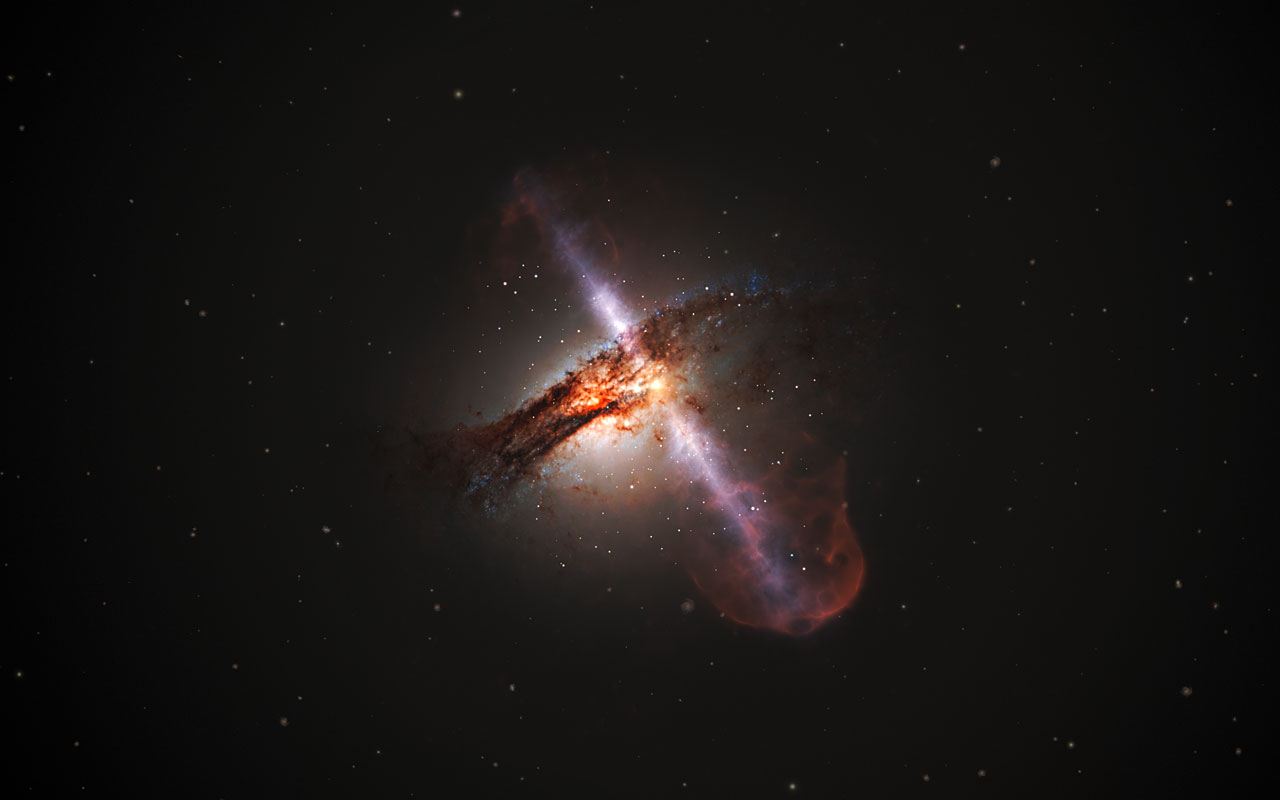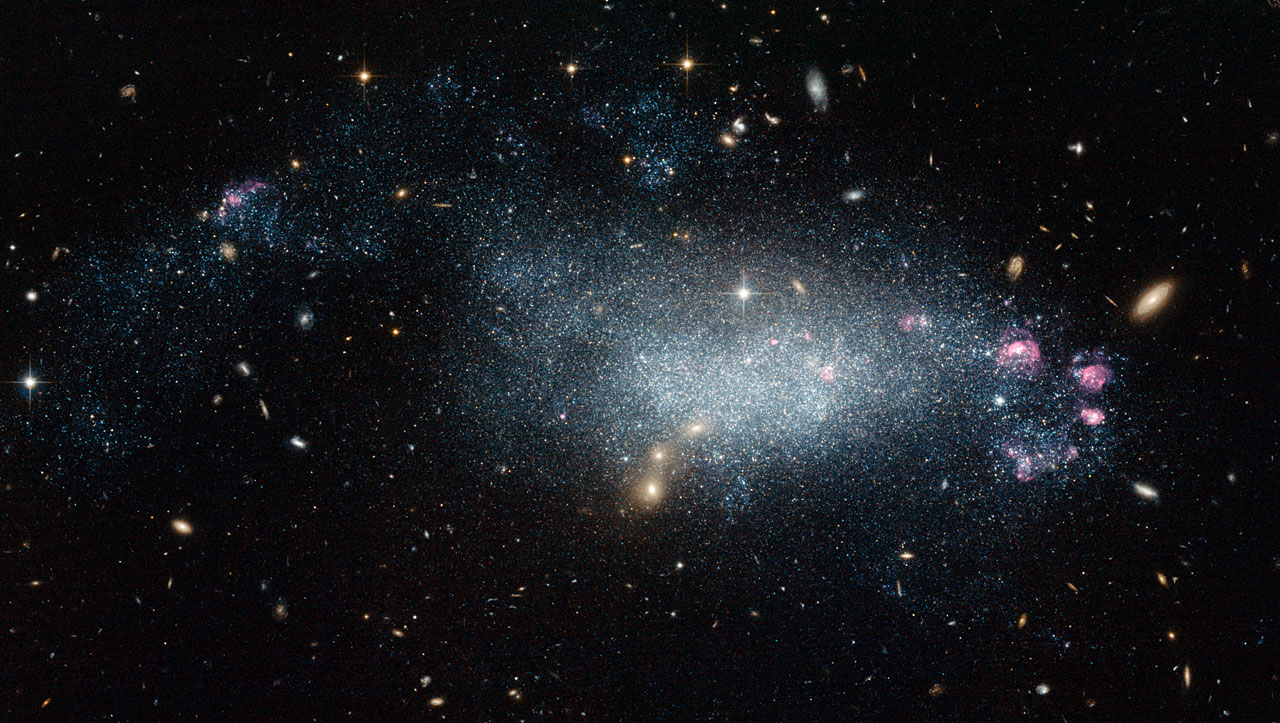
Earlier efforts to find evidence of a stellar flyby in the early years of the solar system turned up nothing. After all, 4.6 billion years is plenty of time for the perpetrators to make a clean getaway.
Instead, a team from the University of California Berkeley (UC Berkeley) and Stanford University investigated a young star system designated HD 106906. Located around 300 light-years from Earth in the direction of the constellation Crux, the binary formed just 15 million years ago.
“One of the mysteries arising from the study of exoplanets is that we see systems where the planets are misaligned, even though they are born in a flat, circular disk,” explained UC Berkeley researcher Paul Kalas. “Our paper gives rare observational evidence for one of these flybys gently influencing one of the planetary systems in the galaxy.” (Related: Sugar molecules exist in space, according to astronomers.)
A binary star may have kicked its own planet out…
HD 106906 first grabbed Kalas' attention in 2015 when another team found a gigantic planet moving eccentrically around the binary star. The orbit of the exoplanet was 21 degrees away from the plane of the stellar disk.
The planet itself had a mass of 11 Jupiters. The distance between it and its star was 18 times the gap between Pluto and the sun.
Kalas scoped out HD 106906 with both land-based and orbital space observatories. He found that the comet belt of the star was also unbalanced.
The combination of an odd planetary orbit and asymmetrical disk of space dust suggested that something massive disturbed the young binary star. Kalas teamed up with Stanford researcher Robert De Rosa to figure out what did it.
They theorized that the exoplanet got yanked out of its star system by either a neighboring world or a stellar flyby. In the latter case, the planet veered too close to the central binary star and got "kicked" into an eccentric orbit.
After experiencing one gravitational kick too many, the abused exoplanet would have usually gotten booted into interstellar space by its primary star. However, the stellar flyby by another binary star might have saved the planet by moving the latter to a safer but very distant orbit.
…only for another binary star to return the exiled exoplanet
In their study, Kalas and De Rosa tapped the catalog of the Gaia space observatory. The European spacecraft measured the distance, location, and movement of 1.3 billion stars in the Milky Way.
The researchers used Gaia data for 461 stars in the same star cluster as HD 106906. By calculating the positions of those stars, they found that another binary star might have passed near HD 106906 around three million years ago.
“What we have done here is actually find the stars that could have given HD 106906 b the extra gravitational kick, a second kick so that it became long-lived, just like a hypothetical Planet Nine would be in our solar system,” Kalas explained.
Furthermore, he and De Rosa determined that the other binary star came in at a trajectory of nearly five degrees to the plane of HD 106906's stellar disk. The resulting stellar flyby would have left a lasting impact on the star, such as shoving its exoplanet HD 106906 b back into the system.
The researchers believed that HD 106906 might indirectly explain how a similar stellar flyby helped arrange the asteroids, comets, and planets of our solar system.
Sources include:
Please contact us for more information.























